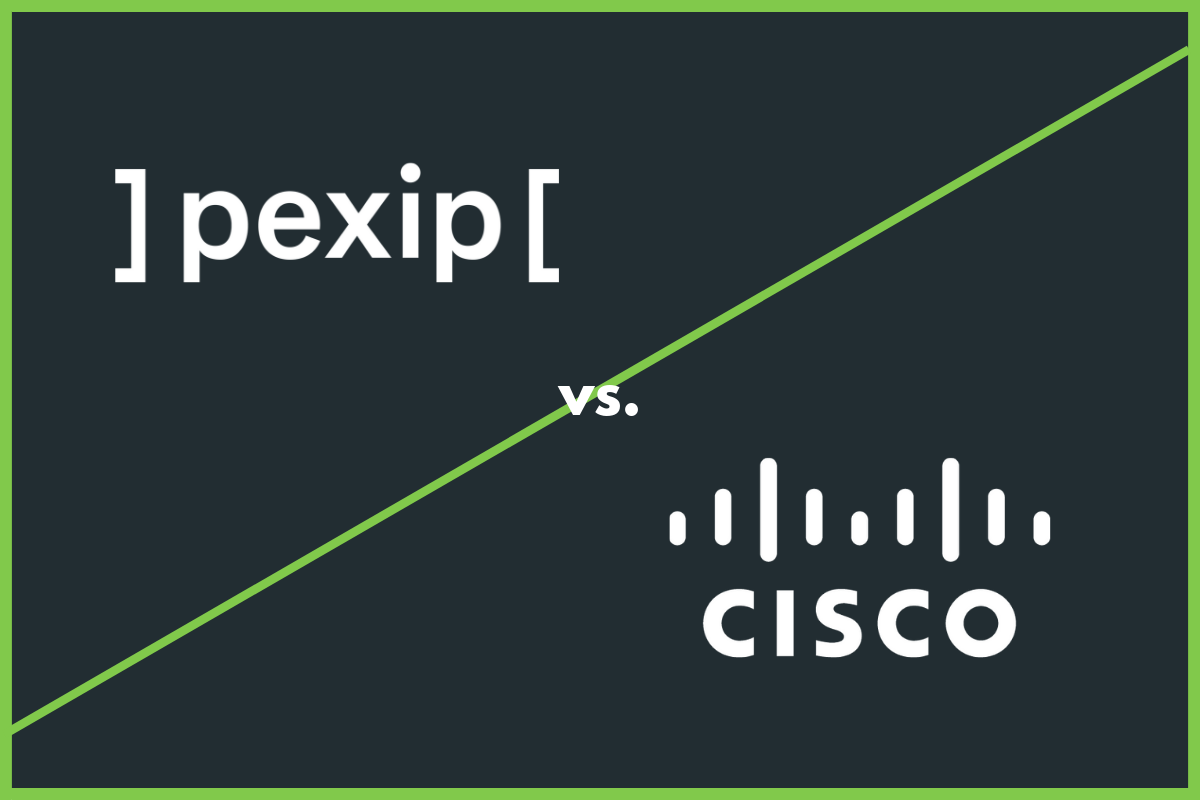Among the many societal challenges created by the Covid-19 pandemic, one of the most difficult to solve issues has been keeping the criminal justice system running while protecting the health and considerations of prisoners, officers and legal teams. During a recent webinar with Vyopta, participants discussed how critical it has become to have properly aligned unified communications for criminal justice.
What’s developed in the months since the pandemic made in-person meetings and proceedings impossible is a patchwork of digital meeting and collaboration platforms working with UC giants like Cisco to enable virtual meetings, hearings, depositions and other interactions that must take place to keep prisons and court dockets moving efficiently.
“When the pandemic hit, every court had to find a way to virtualize. You can’t take someone out of the county jail or the state facility, bring them to the courtroom, have them test on the spot positive and now your officers are out for 14 days,” said Daniel Stewart, senior advisor for state and local government unified justice solutions at Cisco.
“We all have different platforms that we that we utilize to do our stuff and the only company that allows the integrations in a standard-based way to bring them all together is Cisco. What we do is say if you already have something, don’t throw out the baby with the bathwater. We will allow you to integrate your existing platform into ours and be able to then empower yourself to better deliver the services that you need to do.”
Stewart said that functioning UC environments are needed not only to handle meetings associated with a trial, but also for parole officers, social workers and other law enforcement staff to interact with former prisoners and help them move into employment and stable housing. Without the resources to hold effective video meetings with clients, he said, there’s an increased risk of a quick return to jail and the courtroom.
“We’re not just looking at catch them, convict them, lock them up and let them go. We’re really looking at how do you take the process? How do you make it more seamless during a disaster recovery such as we’re going through right now?” he said.
“How do you enable the entities that are taking custody of individuals to better serve the community upon release, that they’re bringing someone back out that has an opportunity to succeed and reduce recidivism and put them into programs that can be enhanced on community supervision to make sure that that is actually what happens.”
CARES Act Opens Unified Communications for Criminal Justice
The federal CARES Act created the legal framework for to allow broader use of unified communications criminal justice purposes. But funding those systems – both hardware and software – is still a difficult proposition, especially with the year-end deadline to spend CARES funds allocated to state and local governments.
Kjierstin Layton, Vyopta’s public sector specialist for judicial, state and local, said requests for proposals and requests for information that are still open for many local systems face a ticking clock, increasing the need to select vendors that can be integrated into existing hardware and platforms.
“There’s some very critical times right here, right now for your organizations to go see what applications you’re entitled to, and there is a limited number of dollars available,” she said. “If you don’t ask, you’re going to miss the opportunity to get dollars for your organization to pay for these types of implementations and technologies that you want to start to roll out, whether you’re adding on or whether you’re starting from ground zero.”
Layton said the multivendor environments that will inevitably result from the expansion of unified communications for criminal justice systems makes it important for organizations to have data and analytics provided by Vyopta that can be pulled from all platforms in one pane of glass.
Barry Jones, practice director, World Wide Technology
“It is a little bit of trying to find the technology partners that that are most intriguing to you, and working with them to try to understand what’s available in the marketplace and then trying to put something together that’s going to satisfy those requirements,” he said.
“In being able to leverage those state contracts, getting out ahead of some of these things and finding creative funding sources… those are becoming more and more critical, especially as the calendar year starts to close and the eligibility for CARES starts to close with it.”
Vyopta offers a full guide and resources for unified communication and the Covid-19 pandemic.
Chad Swiatecki is a business writer and journalist whose work has appeared in Rolling Stone, Billboard, New York Daily News, Austin Business Journal, Austin American-Statesman and many other print and online publications. He lives in Austin, Texas and is a graduate of Michigan State University. Find him online on LinkedIn.








